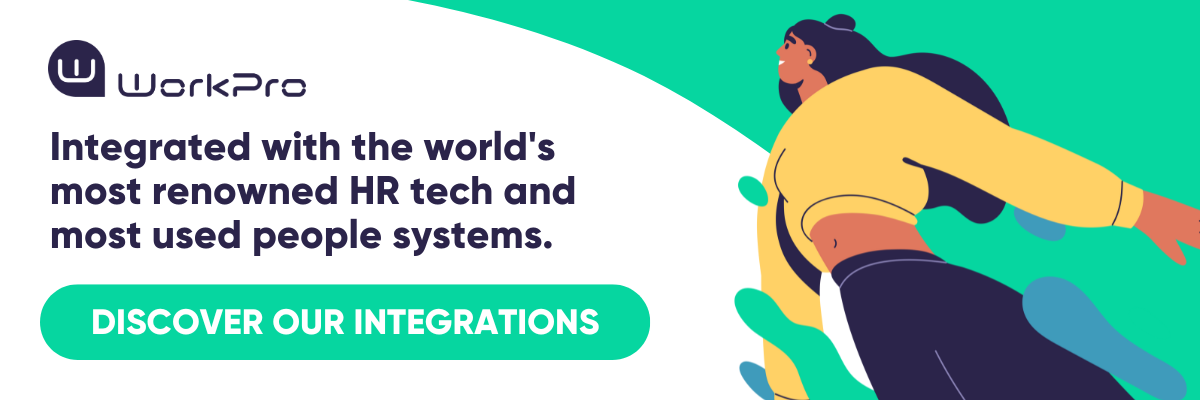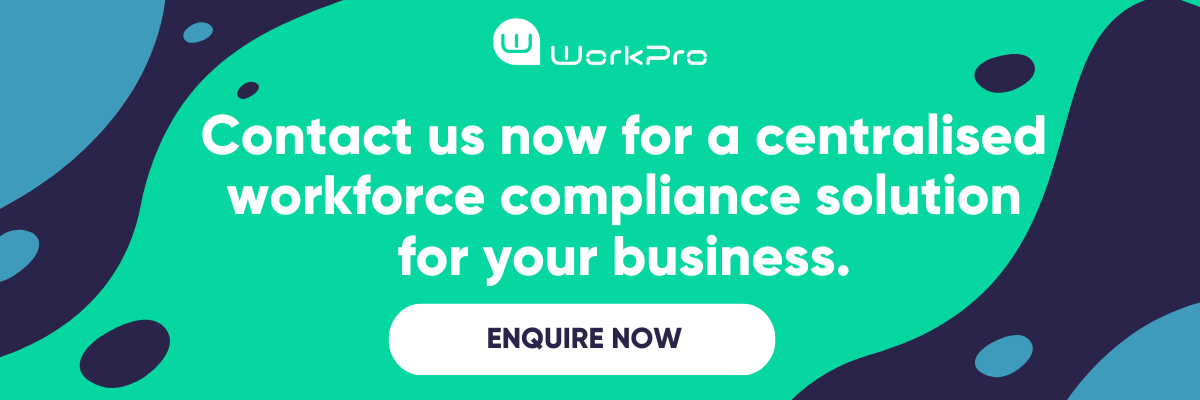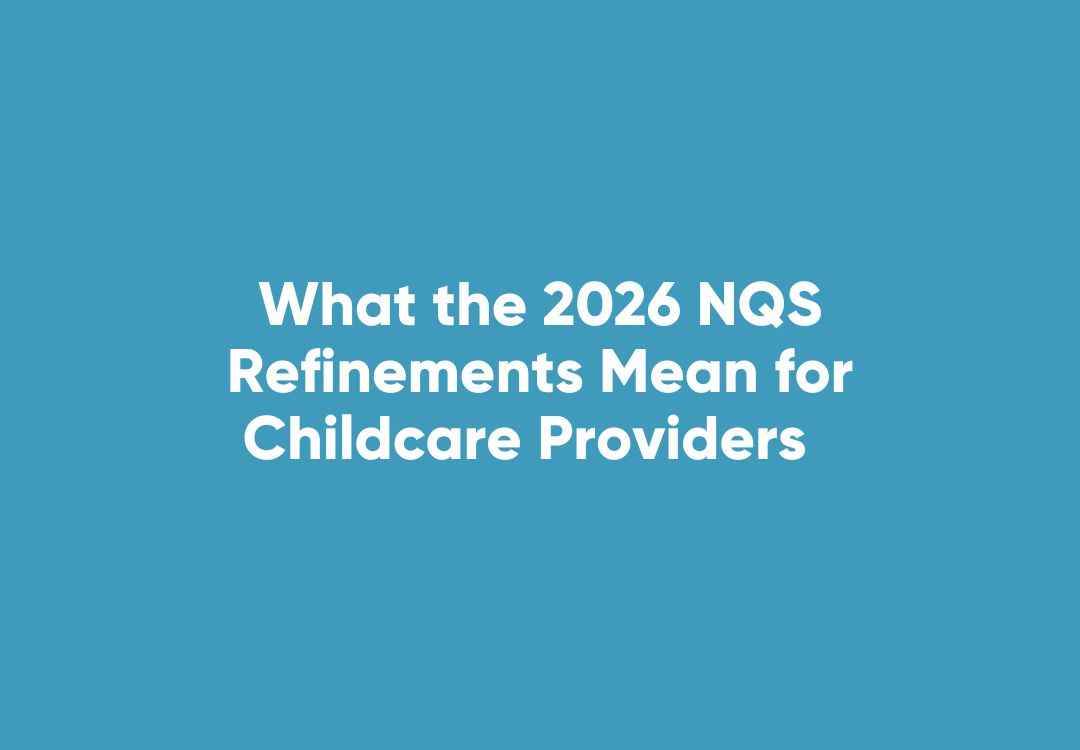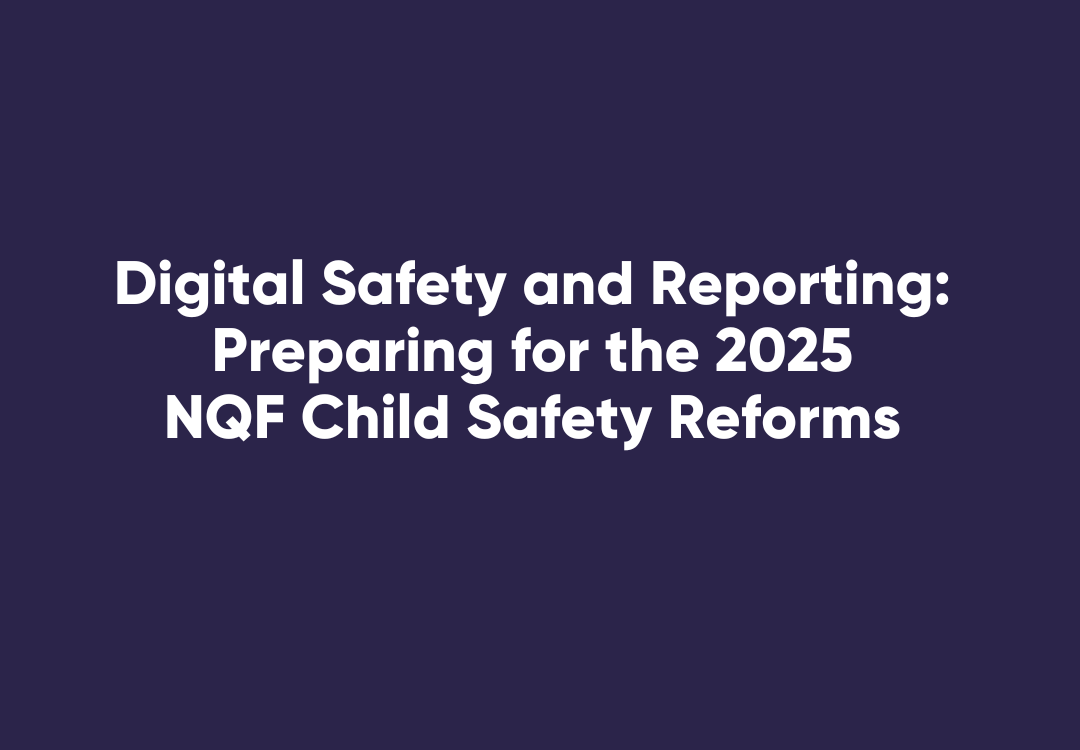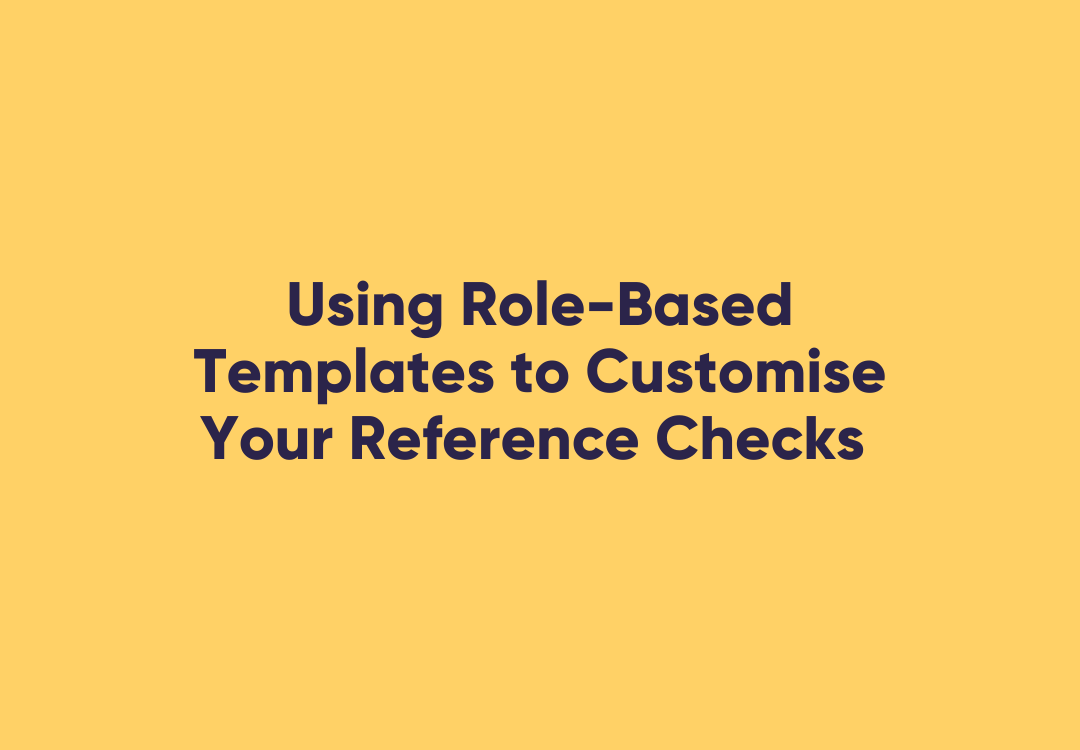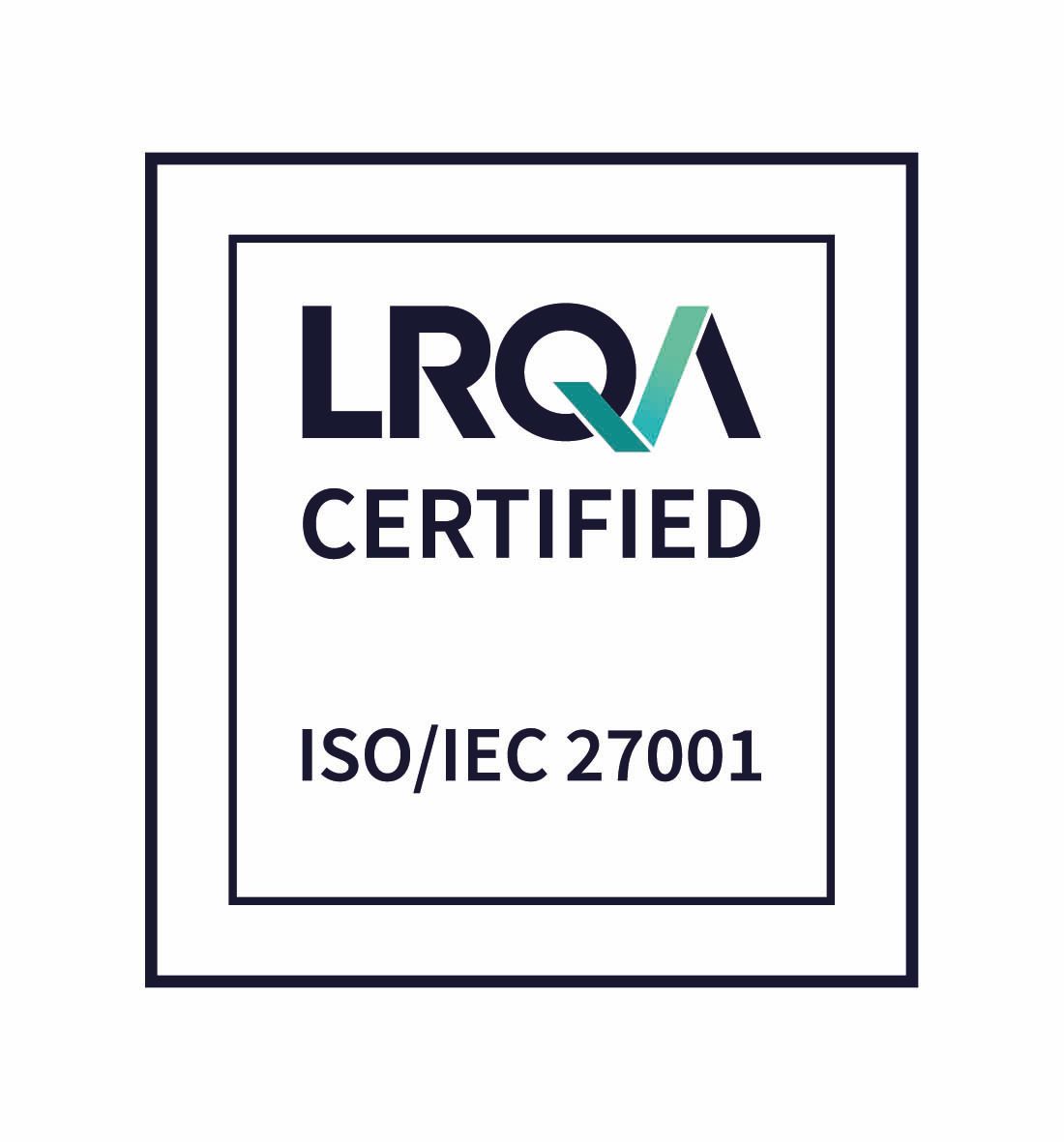Identity, Compliance & Experience: How HR Can Balance All Three
Identity, Compliance & Experience: How HR Can Balance All Three
For HR and recruitment professionals, the onboarding process has become a careful balancing act. Strict compliance requirements must be met without creating barriers that frustrate new hires or put your employer brand at risk. At the same time, candidates have come to expect a seamless, digital-first experience from application from day one. How can organisations achieve both? The answer lies in combining the right digital identity and biometric technologies with a commitment to genuine employee experience.
This blog explores practical ways to create a process that is both compliant and candidate-friendly, highlighting the role of technology and the importance of building trust from the very first interaction.
The Tension Between Compliance and Great Candidate Experience
Compliance in onboarding is not optional. Organisations must verify identity, check credentials, and meet strict legal requirements for privacy, right-to-work, and industry-specific checks. Unfortunately, compliance processes are often seen as slow, bureaucratic, or intrusive by candidates, especially when they involve repetitive paperwork or unclear communication.
This creates a real tension for HR: strict processes can deter talent, while cutting corners can risk fines, failed audits, or reputational damage. The challenge is finding a way to satisfy regulatory demands without sacrificing the human side of recruitment.
What a “Compliant AND Candidate-Friendly” Onboarding Process Looks Like
The ideal onboarding journey delivers both compliance and an outstanding employee experience. Here are the hallmarks of a successful approach:
- Digital Identity Verification: Candidates provide their documents and complete biometric checks online, reducing the need for face-to-face appointments or manual data entry.
- Clear, Transparent Communication: HR explains each step, what data will be collected, and how it will be used. Candidates are told why compliance is important for their safety and the company’s reputation.
- One-Time Data Collection: Candidates do not have to submit the same information multiple times. Digital systems reuse verified data for every required check, from criminal history to right-to-work.
- Real-Time Updates: Automated notifications keep candidates informed of their progress, required actions, and any issues needing attention.
- Easy, Mobile-Friendly Access: Onboarding is completed via secure portals or apps, allowing candidates to move at their own pace and access support as needed.
By integrating digital identity, biometric technology, and smart document verification services, HR teams can meet compliance standards while providing a frictionless onboarding experience.
Technology That Supports Both Compliance and Experience
Modern onboarding platforms bring together all the tools HR needs in one secure place. Here’s how technology can make life easier for both HR and candidates:
- Automated Verification: Digital identity platforms and biometric systems verify IDs, work rights, and credentials in real time, with no need for HR to manually check every document.
- Secure Data Management: Cloud-based solutions store all information securely and support audit trails, making compliance reporting simple and reliable.
- Customisable Workflows: Different roles or business units can have tailored onboarding steps, with the right level of checks for each, ensuring no unnecessary delays or requests.
- Integration with HR Systems: Modern onboarding tech connects with existing HR and payroll systems, reducing data entry and ensuring a smooth start for every new employee.
Building Trust Through Secure, Seamless Onboarding
Trust is at the core of every successful employment relationship. Candidates want to know their personal data is handled responsibly and that they are joining an organisation committed to fairness and security. HR can build trust by:
- Being Transparent: Clearly explain the purpose of every check and how data will be protected.
- Seeking Consent: Make consent a visible and genuine step, not just a tick box.
- Responding Quickly: Address questions or concerns from candidates as they arise.
- Delivering on Promises: Meet the timelines communicated and follow up at each stage.
A seamless onboarding process that respects privacy, communicates openly, and uses advanced digital identity and biometric solutions sets the tone for a positive, long-lasting employment relationship.
WorkPro: Helping HR Balance Compliance and Experience
WorkPro integrates digital identity verification, biometric authentication, and a full suite of compliance checks into a single, streamlined workflow. This includes facial matching technology for secure identity validation, automated verification of identity documents, and integration with official databases to ensure accuracy and legal compliance. For HR teams, this significantly reduces administrative tasks such as collecting documentation, chasing updates, and manually tracking progress. The platform ensures all necessary legal and regulatory requirements are met while maintaining clear, real-time communication with candidates. This keeps candidates informed, engaged, and confident throughout the onboarding journey.
Balancing compliance, digital identity, and employee experience is possible with the right approach and technology. By investing in secure, candidate-friendly onboarding processes, HR teams can meet regulatory requirements, attract top talent, and lay the groundwork for a positive employee journey from day one.
To see how WorkPro can help you create compliant, engaging onboarding, contact us for a demonstration.


